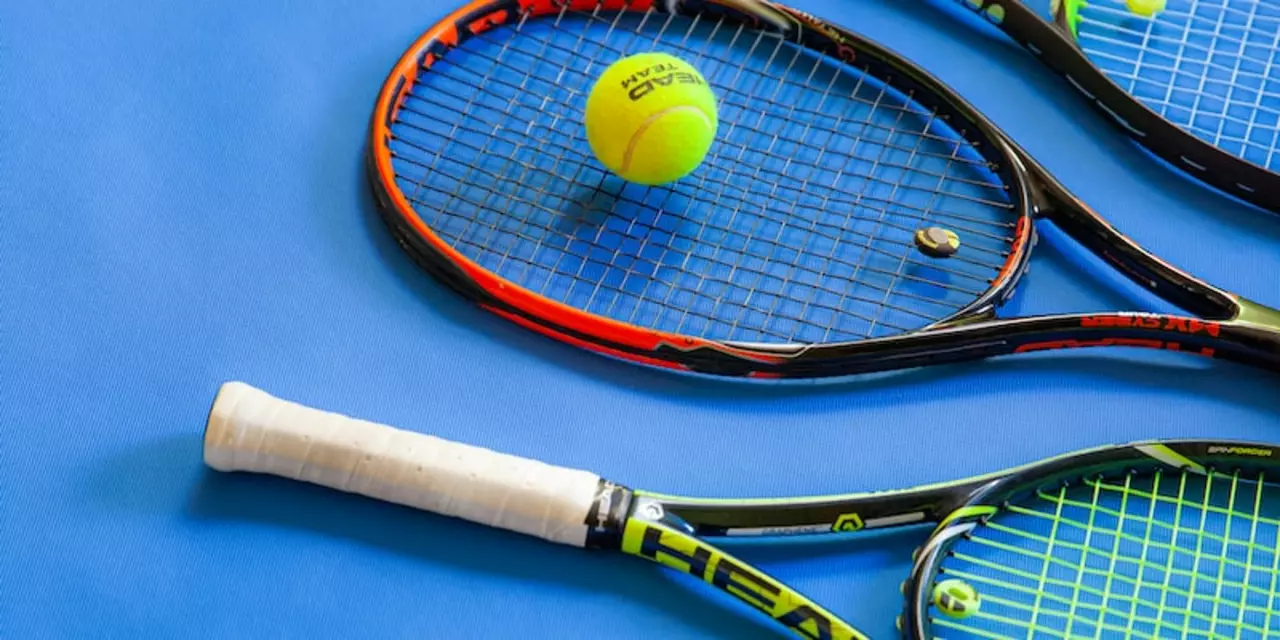Coping with Tennis Challenges – Simple Tips for Players
Playing tennis is fun, but it can also bring aches, nerves, and frustration. Knowing how to cope makes the difference between quitting and improving. Below are down‑to‑earth ideas you can try today, whether you’re battling a sore elbow or a bad streak on the court.
Physical Coping Strategies
First, listen to your body. If your arm hurts after a match, stop the pain before it turns into a serious injury. Rest for a day or two, then start gentle stretching. A simple wrist flexor stretch – arm out, palm facing down, gently pull fingers back with the other hand – eases tension in minutes.
Ice is your friend. Apply a cold pack for 15 minutes right after playing to reduce swelling. Follow up with a warm shower or heating pad a few hours later to improve blood flow. This alternating routine speeds up healing without any fancy equipment.
Strengthen the muscles that support your elbow and shoulder. A few basic exercises, like the towel squeeze, forearm pronation, and wall push‑ups, can be done at home with a towel or a water bottle. Do three sets of ten reps three times a week – consistency beats intensity.
Don’t forget proper equipment. A racket with the right grip size lowers strain on your forearm. If you’re unsure, ask a coach to measure your hand. Adding a lightweight elbow brace during play can also give the tendons extra support.
Mental Coping Techniques
Stress on the court often comes from self‑talk. Replace “I always mess up” with “I can fix this shot”. Short, positive statements keep your mind focused on the next point instead of the last mistake.
Breathing drills are quick and effective. Before you serve, inhale for four counts, hold for two, then exhale for six. This simple rhythm lowers heart rate and steadies your swing.
Visualise success. Spend a minute each day picturing yourself hitting the perfect forehand, feeling the ball’s spin, hearing the satisfying thud. The brain treats vivid imagination like real practice, so you build confidence without stepping on the court.
Set tiny, reachable goals for each session: “I’ll keep my footwork light for ten minutes” or “I’ll finish a rally without double‑faults”. Hitting these micro‑targets gives a sense of achievement and keeps larger goals from feeling overwhelming.
If worries spill over into daily life, write them down. A quick notebook entry of what’s bothering you clears mental clutter, making it easier to focus during matches.
Finally, lean on other players. Talking about a tough loss or a nagging injury with a teammate or coach turns isolation into support. You’ll often pick up a tip you hadn’t considered.
Recovering from physical pain and mental pressure is a habit, not a quick fix. By combining simple stretch routines, smart equipment choices, and a few mental tricks, you build resilience that lasts beyond the next match. Give each tip a try, notice what works, and keep adjusting. Your game will improve, and you’ll enjoy tennis more every time you step onto the court.
Sports News

Will tennis be able to cope once the big 4 retire?
Tennis is currently dominated by the 'big 4' players - Roger Federer, Rafael Nadal, Novak Djokovic and Andy Murray. However, with all of them now in their 30s, the sport must soon look ahead to the future. This article examines how tennis may fare once the big 4 retire. It suggests that the quality of the sport will diminish as the big 4's aura and achievements will be hard to replicate. Young players must now step up and take their place in order for the sport to survive. It is clear that tennis must soon look to the post-big 4 era, in order to ensure a bright and successful future.